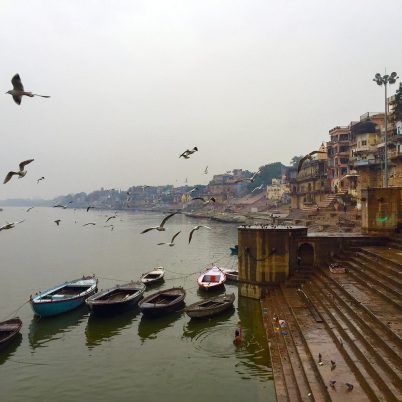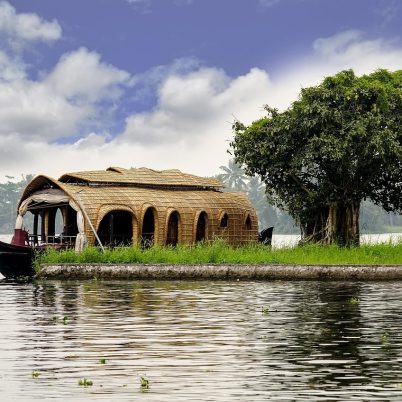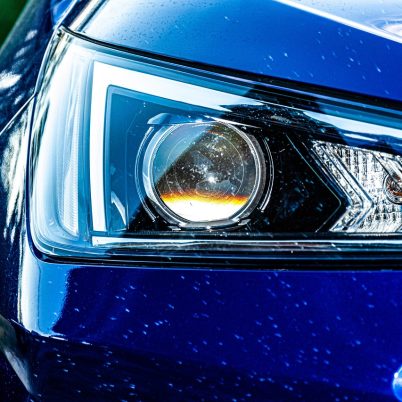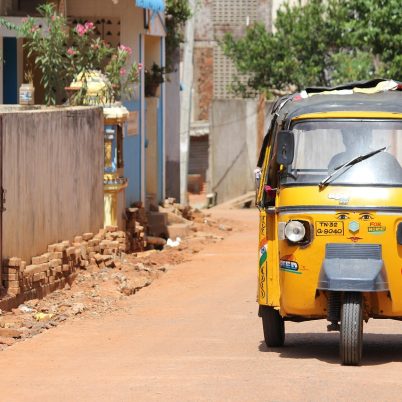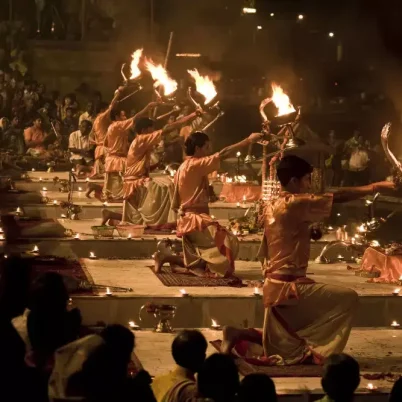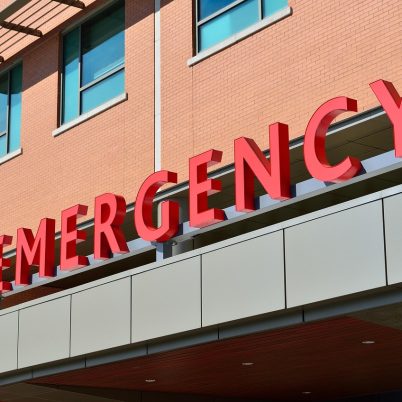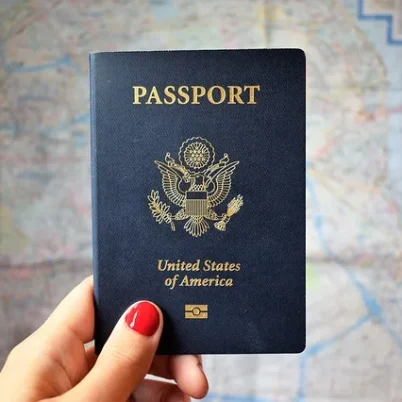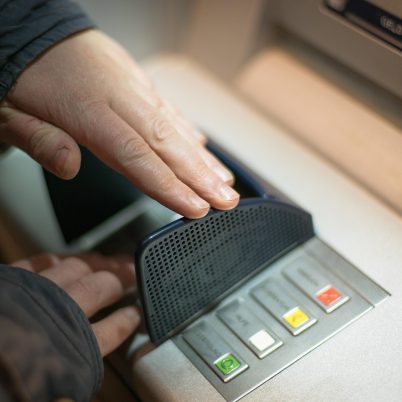
The best time to visit Hampi depends on the type of trip you are looking for. The ancient city of Hampi is a UNESCO World Heritage Site, with many stunning structures from the 14th and 15th centuries still standing strong. You will be transported to an era long gone, and you can truly appreciate the architectural marvels that these monuments and structures are. Read on to find out the best time to visit Hampi.
The history of Hampi
Hampi was the capital of the mighty Vijayanagara empire, one of the most powerful empires in medieval India. The Vijayanagara empire was rich and wealthy, at its peak in the 14th century.
During those times, Hampi was the center of all cultural, political, and economic activity in the empire. It was known for its magnificent buildings with majestic architecture and intricate carvings.
However, the city of Hampi dates back even further, known to be the monkey kingdom of Kishkinda in the Hindu epic Ramayana. Hampi was always a glorious city until it was defeated by the Mughal armies in the 1560s.
Today, it is a UNESCO world heritage site and a historical city visited by thousands of tourists, backpackers, and pilgrims every year. The city is still home to more than 1600 ancient structures, telling a story of the glorious era of a flourishing empire.
See more: Finding the right tour guide in India
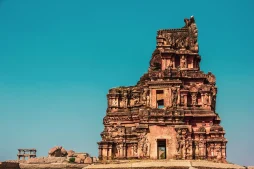 The town of Hampi is a UNESCO World Heritage Site
The town of Hampi is a UNESCO World Heritage Site
Winter season in Hampi (October to March)
Winter is the best time to visit Hampi. Temperatures range from 16 to 32 degrees Celsius, and the climate is usually pleasant. It is the perfect time to explore this UNESCO World Heritage Site.
Explore the Virupaksha Temple, Vijaya Vittala Temple, Queens Bath, and Matanga Hill. The stone chariot in Vittala Temple is one of the most photographed architectural structures in Hampi, and can also be seen on the Indian INR 50 note.
Take a boat ride in the Tungabhadra river. The Tungabhadra Dam is also a popular tourist attraction, with a light show every evening after 7 p.m.
Hampi is also one of the best destinations for rock climbing and bouldering in India. Winter is the best season for this activity. The Hippie Island is most popular for rock climbing. You can also check out Matanga Hill for rock climbing and bouldering.
The Hampi Utsav is usually held in the winter season. There is no fixed date for the festival each year, so make sure to check out the dates for the year before you make your bookings. The three-day festival is celebrated at the Virupaksha Temple with dances and musical performances. There are also light and sound shows. The festival honors the culture and traditions of the past. If you are in Hampi during this time, do not miss this vibrant festival.
The Purandara Festival is celebrated in January or February. Known as Purandaradasa Aradhana, it is a musical festival celebrated in honor of the ancient poet Purandaradasa who lived in Hampi. The three-day festival celebrates classical music in all its glory.
Since this is peak tourist season in Hampi, the prices are higher. Make sure to book everything in advance. Also, make sure to carry some light jackets or shawls for the nights, which can get chilly.
See also: Magnificent stepwells in India
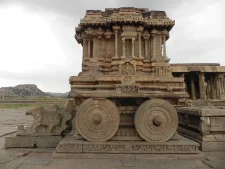 The stone chariot is outside the Vijaya Vittala Temple
The stone chariot is outside the Vijaya Vittala Temple
Summer season in Hampi (April to June)
The summer season in Hampi is from April to June. The temperatures range from 28 to 37 degrees Celsius, and the climate is extremely hot. Tourists are not recommended to visit Hampi during this time.
However, this is also the best season for budget travelers if you can bear the heat and humidity. The crowds are less and there are discounts on tickets and accommodations. Try to avoid the peak afternoon sun, opting instead for the early mornings or late evenings, which are comparatively cooler.
The Virupaksha Car Festival also takes place in March or April, and people from all over the world come to witness this beautiful festival. The largest festival in Hampi, the ritual marks the marriage of Lord Shiva and Goddess Parvati. The festivities take place in the Virupaksha temple along with a large procession.
Read more: 9 things to do in Hampi
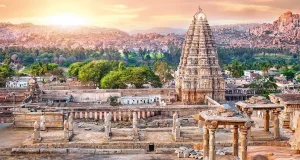 Virupaksha Temple
Virupaksha Temple
Monsoon season in Hampi (July to September)
July brings with it some rain showers, a cool respite from the scorching heat of the summer season. The monsoon season in Hampi is not too bad – the temperatures range from 25 to 33 degrees Celsius, and the city receives low to moderate rainfall.
The misty climate and lush greenery creates an enchanting atmosphere, perfect for exploring the ancient ruins of the bygone era. Visit the Lotus Mahal and the Elephant Stables, or the Hazara Ram Temple. The rain washes off all the dirt and dust of the summer, making the architectural marvels look more vibrant.
However, some areas get slippery due to the rain, so be careful while walking around. Plus, rock climbing is naturally not recommended during the monsoon season. The Tungabhadra river often overflows in this season, so visitors are advised not to enter the water. On a few especially rainy days, even the ferry services need to be avoided.
The festival of Nariyal Poornima takes place in the monsoons. This festival is celebrated with dance, music, and traditional rituals in the villages.
The monsoon season is a good time to visit Hampi, as there are fewer crowds during this season, and you will be able to see a beautiful side of the city. Don’t forget to carry an umbrella or raincoat with you, along with a bottle of water at all times.
Read more: Traveling from Goa to Hampi
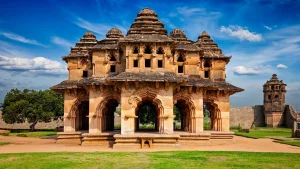 Lotus Mahal
Lotus Mahal
So, when will you be visiting the magnificent city of Hampi? Let us know! At India Someday, we curate personalized trips to India for you based on your requirements and preferences. Contact us and together we can plan the perfect trip to India for you!
Frequently Asked Questions
October to March is the best time to visit Hampi. The temperatures are cool and the climate is pleasant, perfect to explore all the ruins and visit the temples in the city.
3 days are enough to explore Hampi. While it is not a very large city, there is a lot to see – there are so many beautiful architectural structures in Hampi that it is better to see it all leisurely. Plus, you can also enjoy boat rides, witness the local life of the city, or go shopping.
December is the coldest month in Hampi, with the low temperatures often dipping to 16 degrees Celsius!
Hampi is a UNESCO World Heritage Site that was once the wealthy capital of the majestic Vijayanagara empire in the 14th century. Even today, the city still holds majestic structures from the bygone era, such as the Virupaksha Temple, Lotus Mahal, and the Vittala Temple, which are all architectural wonders.
helping you travel your way
Everything you need to know about India is here We have tried writing about everything you may need help with for your trip to India, If you need help in planning a trip to India Get in touch with us to to plan your trip of a life time.


